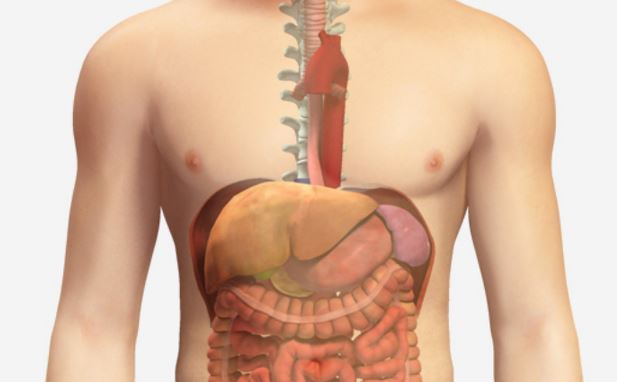

Library > Radiography > Radiography Procedures > Radiography of the Upper and Lower Gastrointestinal Systems and the Biliary Tract
Try Simtics for free
Start my free trialRadiography of the Upper and Lower Gastrointestinal Systems and the Biliary Tract

Materials Included:
-

-

-

-

-

Check our pricing plans here
Unlimited streaming.
Radiographic examinations of the gastrointestinal systems are common and often require contrast studies. This module teaches you how to set up for and perform radiography of the upper and lower gastrointestinal systems and biliary tract. Including both practice and test modes, the online simulator offers two different procedure scenarios that might be encountered in a clinical setting. It offers students and practitioners the knowledge, cognitive skills and a safe practice environment to perform these procedures accurately and develop confidence for working with real imaging equipment and patients. If you are studying for the American Registry of Radiologic Technologists® (ARRT) registry exams, this module is ideal.
You’ll learn
- the procedures and protocols for performing an esophagram, upper gastrointestinal series, small bowel series, barium enema and fluoroscopy of the biliary system
- to practice, perfect and test your skills in performing a barium swallow X-ray and an upper gastrointestinal contrast study
- how to differentiate the role of the radiologic technologist and the radiologist in performing fluoroscopic examination
- to better visualize and understand the anatomy of the upper and lower gastrointestinal systems and biliary tract, with our 3D anatomical model
- to identify the indications and contraindications for performing fluoroscopic examination and radiographic projections of the upper and lower gastrointestinal systems and biliary tract
- how to prepare the room and equipment for the procedure, including the use of contrast media
- how to manage the requirements of pediatric and geriatric patients requiring these types of radiographic examinations
- much more (see “content details” for more specific information)
- Discuss the basic anatomy and physiology of the gastrointestinal (GI) system
- Discuss the basic anatomy and physiology of the biliary tract system
- Discuss positioning criteria, projections, use of contrast media, and procedures utilized in radiography of the upper GI system, lower GI system, and biliary tract system
- Discuss the various pathological indications and contraindications for each procedure
- Discuss the equipment and supply preparation for each procedure
- Analyze the radiographs for quality and proper positioning criteria for each procedure
- Describe signs and symptoms and management of an anaphylactic reaction
- Explain the Patient's Bill of Rights, HIPAA Privacy Rule, and Patient Safety Act (see reference)
The SIMTICS modules are all easy to use and web-based. This means they are available at any time as long as the learner has an internet connection. No special hardware or other equipment is required, other than a computer mouse for use in the simulations. Each of the SIMTICS modules covers one specific procedure or topic in detail. Each module contains:
- an online simulation (available in Learn and Test modes)
- descriptive text, which explains exactly how to perform that particular procedure including key terms and hyperlinks to references
- 2D images and a 3D model of applied anatomy for that particular topic
- a step by step video demonstration by an expert
- a quiz
- a personal logbook that keeps track of all the modules the learner has studied and how long
For more details on features and how your students can benefit from our unique system, click here.





